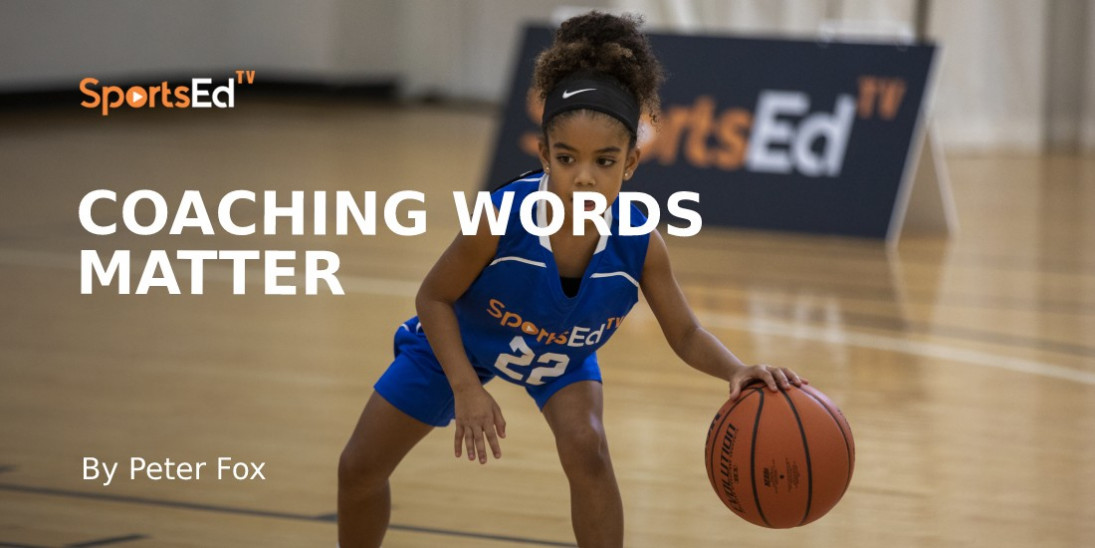Mental Health, Physical Education
Welcome and thanks for visiting...

Fun or Funk Can Make or Break Sports for Kids

Ask almost any parent about their toddler’s terrible twos stage and they are apt to take a deep breath and smile grimly before offering a politically correct response.
When toddlers act out in those memorable ways, experts say it’s because their communication tools haven’t caught up with their intrinsic growth—including their flowering ability to have opinions and learn about emotions.
No doubt it’s a developmental milestone, and its residue continues through their life and their sports lives as well.
Nurturing the development of independence as kids grow is the subject of a brace of recent scholarly studies that consider the impact their free choice has on whether or not they embrace sports.
No Fun, No Gain is a study conducted by Swiss Psychologist Silvia Meyer at Basel University in which intrinsic motivation—self-generated—is the prominent determinative factor in staying in sports versus extrinsic reasons which can cause them to quit playing.
Intrinsic motivation is defined as an action resulting from one's internal drive: the activity itself is enjoyable, and external factors do not play a role. By contrast, extrinsic motivation is behavior prompted by external incentives, such as rewards, avoiding punishment, or the expectations of others.
The essence of Dr. Meyer’s work complements works of other sports studies which show that the most important factor in keeping a young athlete’s interest in playing is fun and freedom of choice prevail.
SportsEdTV’s partner the National Alliance of Youth Sports (NAYS) has a.” unique program called Start Smart developed to build confidence in children while they are having fun at the same time.
NAYS also blogs Let Your Kids Be Little the parenting story of a two-year-old who is ready for fun, though not ready for organized sports, but will be post potty training.
Sports Scientist and Sports Psychology Practitioner, Dr. Amanda Visek, in the study she led entitled Toward Understanding Youth Athletes’ Fun Priorities: An Investigation of Sex, Age, and Levels of Play asked children why they played sports.
Nine out of ten respondents answered, "because it was fun."
In a follow-up question, the research asked what made sports fun. Here are the top answers:
- Trying your best
- When the coach treats a player with respect
- Getting playing time
- Playing well as a team
- Getting along with teammates
- Being active
Interestingly, 48th was winning and 63rd was playing in tournaments.
Calling itself the largest sports complex in the United States, Spooky Nook Sports in Pennsylvania offers its customer advice garnered experientially and worth consideration as it pertains to the introduction of fun sports to kids by age group. They've divided youth into age categories and made knowledgeable suggestions to parents.
Each category contains a narrative that promoted fun and is reproduced in part here:
Three to Five Years Old

When your child is at this young age, organized sports are not typically a viable option. Use your creativity and play a lot of different games. Throwing and kicking balls, playing tag and hide-and-go-seek, and running are excellent ways to get them associating sports with fun.
Don't be afraid to use this time to introduce your child to sports they might play later. Learning how to ski, play basketball, swing at the tee-ball, or score a goal are great ways to pique their interest in certain activities.
What Sports Can 3-Year-Olds Play?
At three years old, it's best for children to free play and use their imaginations on the playground. This type of exercise is exciting for children and encourages their growth and development. It also allows them to build friendships at an early age.
Six to Nine Years Old

At this age, children are entering school and will be interested in new experiences and skills. Social life is extremely important to young children, so they may be drawn to sports their friends are playing. Playing sports is also an important way for children to develop skills like cooperating, resolving conflict, and winning and losing gracefully.
Particularly in the United States, there are loads of options for children to get involved in sports. For example, some children may be drawn to gymnastics. As a largely individual sport, it still is usually taught in groups that allow for plenty of socializing. Children get to jump on trampolines, do somersaults, flop into foam pits, and more — which makes it fun for them.
Another sport appropriate for children ages six to nine is soccer. Soccer groups at this age range from ultra-beginner to youth leagues. There are also sports like karate, dance, tennis, ice skating, and skiing that children will enjoy learning.
Make sure whatever league your child happens to join is fun for them, and don’t forget to pay close attention to whether they seem interested in trying other sports out.
Nine to 12 Years Old
When a child reaches pre-teenage years, they start to develop a sense of independence. Social interaction is also a high priority, meaning group sports will likely be a good avenue for them.
Soccer, hockey, baseball, basketball, and other such leagues will start to demand a bit more time from children around this age. Expect to spend quite a bit of time shuttling kids to and from practices and games, and take the opportunity to encourage them and become involved in the process.
This is also a great time to introduce fun sports that may or may not be part of their school's program. Activities like mountain biking, rock climbing, skiing, snowboarding, and diving may appeal to more adventurous children who need an outlet for their energy.
Teenage Years and Older
By the time your child hits teenage years, your role as a parent changes slightly. Because teenagers are much more independent, they are likely to dictate more of their own choices regarding sports.
Keep practicing encouragement, support, and openness. If a high school sports team is adding more stress than fun to your child's life, they may want to quit. While accepting such a decision can be difficult as a parent, don't forget our mantra — sports should stay fun.
John O’Sullivan, an advocate, author of Changing The Game, and founder of the project by the same name, is missioned to “return sports to our children and put the play back into play ball.”
To conclude in an adjusted homage to Lily Hammond, and Robert Heinlein, in sports kids, parents, coaches, teammates, and adversaries need to Play It Toward…FUN.





